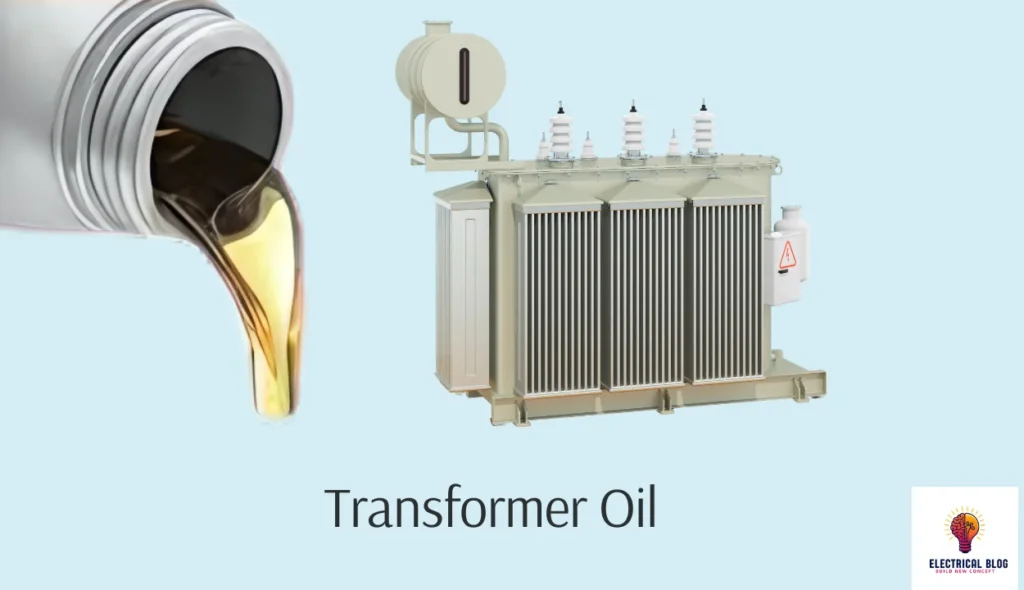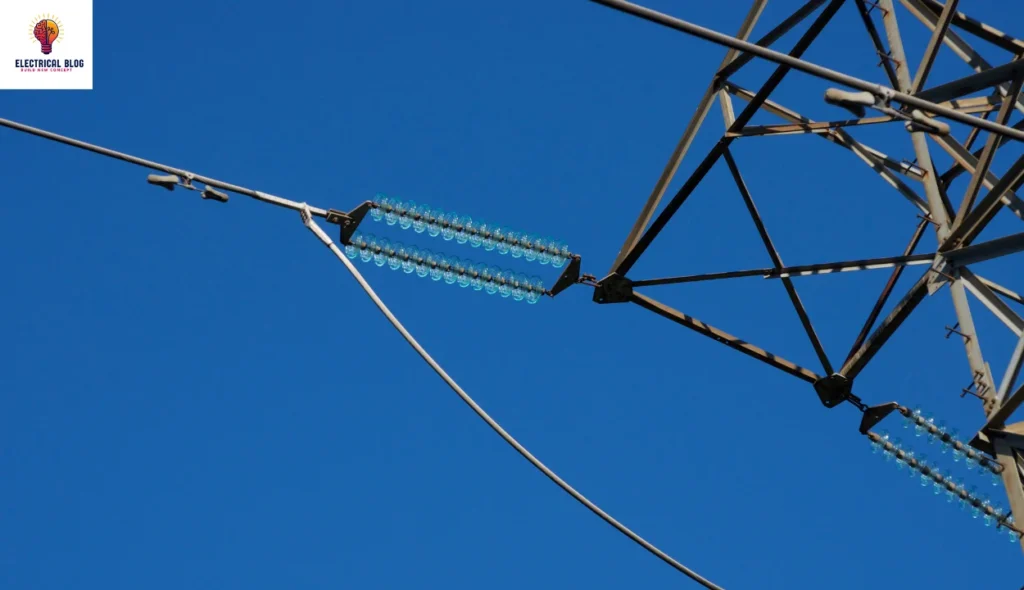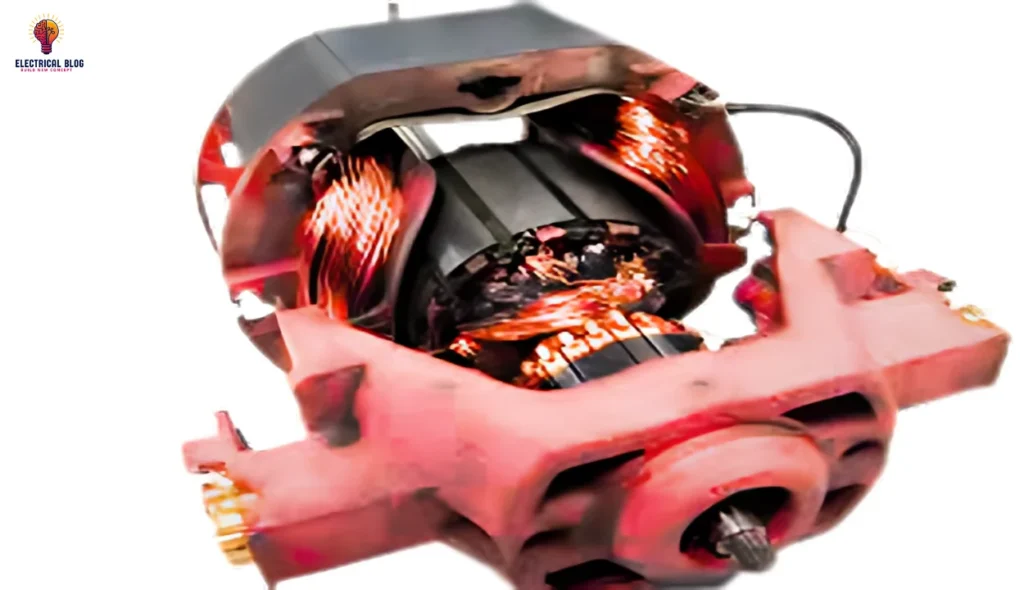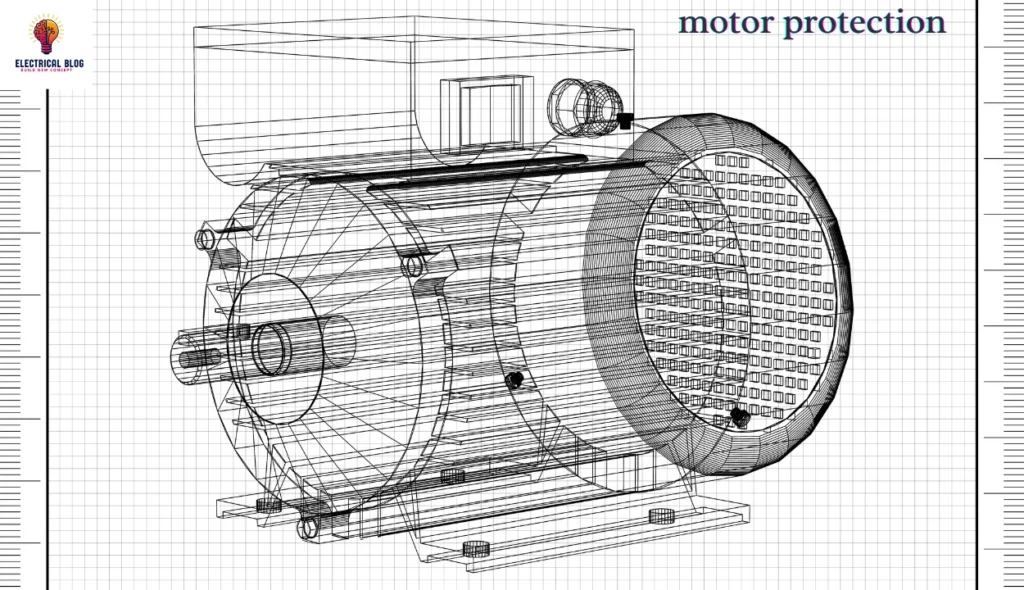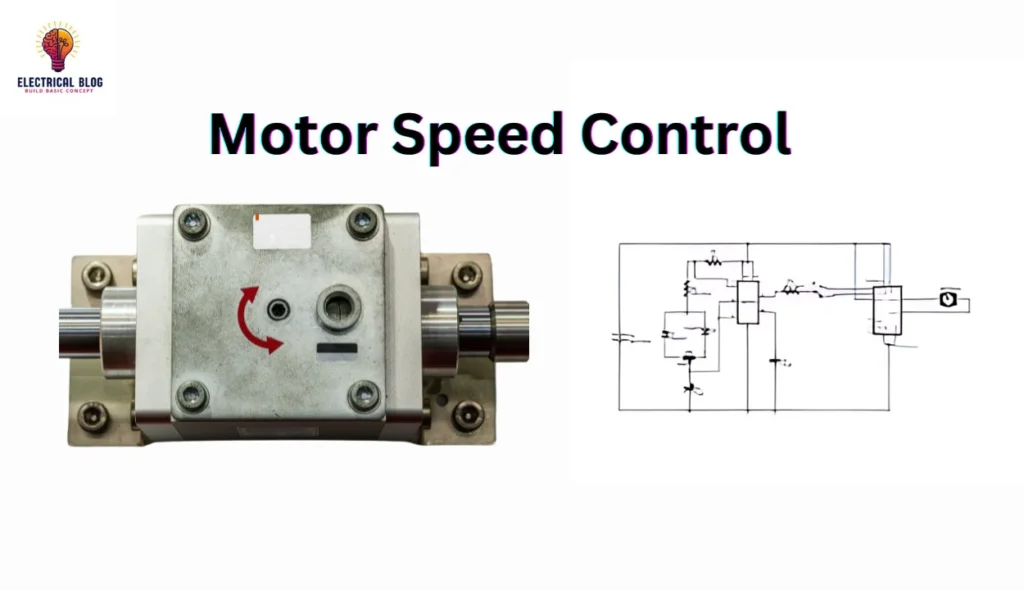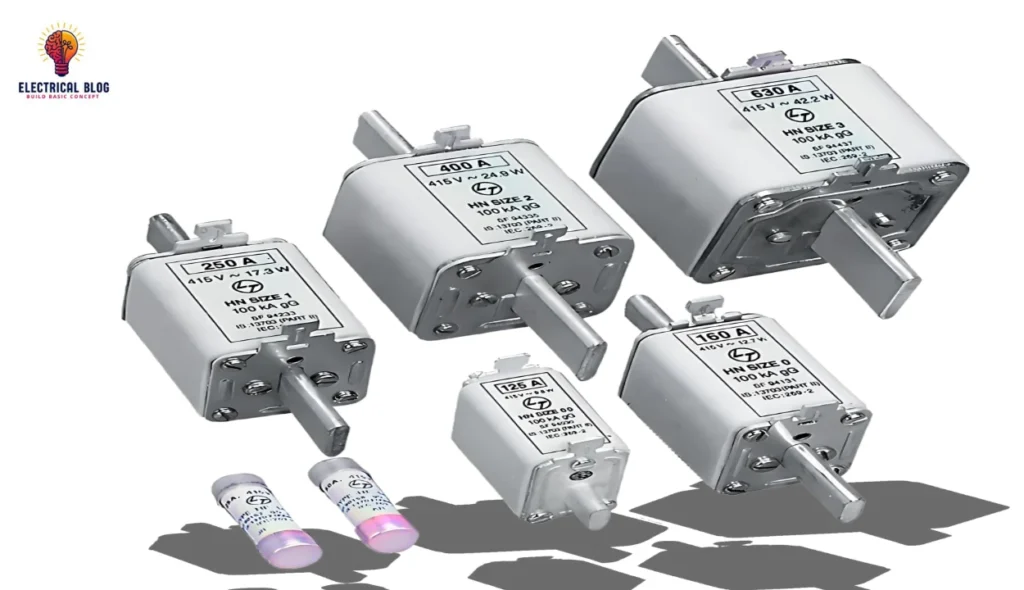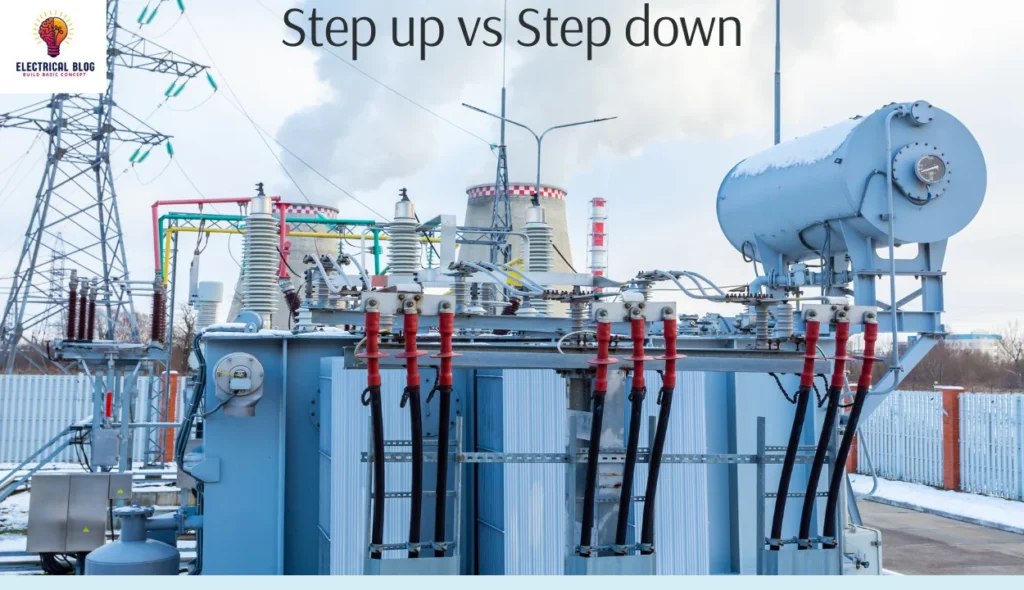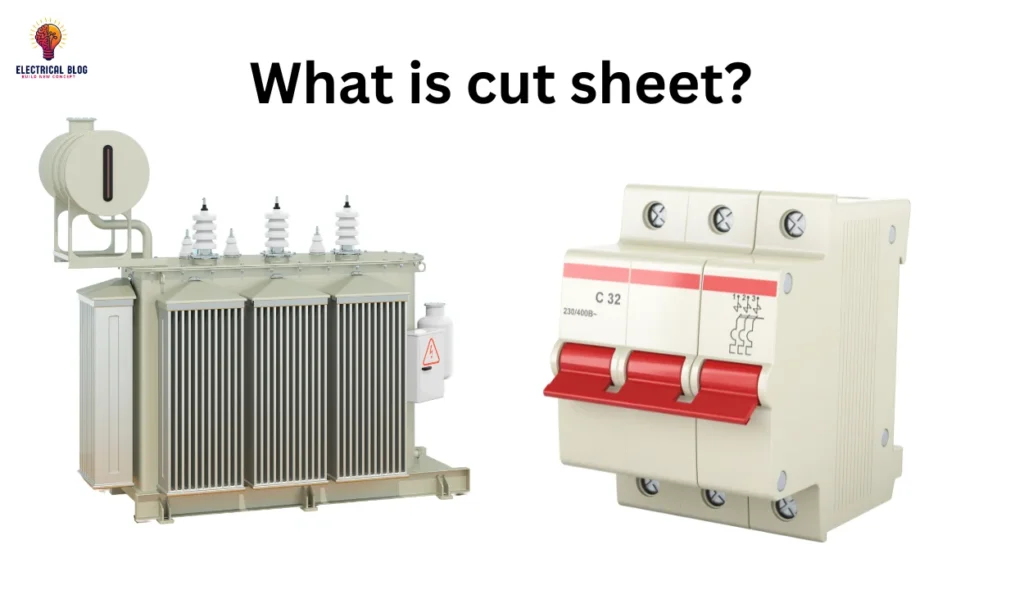Difference Between Shunt and Series Voltage Regulator
Voltage regulators are vital in electronic and electrical systems. They ensure a stable output voltage despite changes in input voltage or load. Of the various voltage regulators, shunt and series ones stand out. They have different designs and ways of working. This article explores the difference between shunt and series voltage regulators. It compares them […]
Difference Between Shunt and Series Voltage Regulator Read More »


